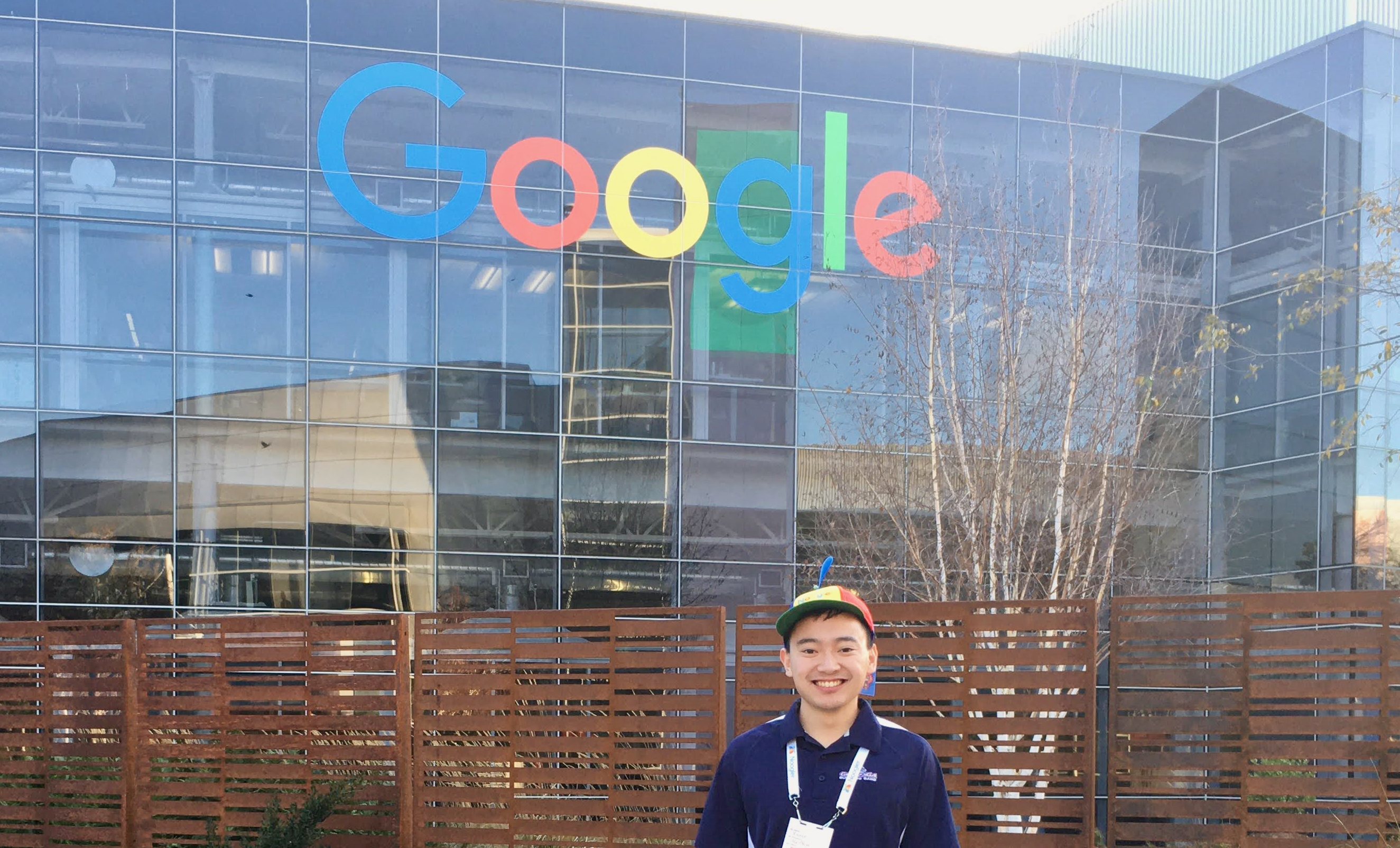NextJS Portfolio Web Application
By Xavier Collantes
Created: 1/24/2024; Updated: 8/14/2025

Planning
Collection Of Requirements Through Critical User Journeys
- Senior Software Engineer Manager
- Peer level Software Engineer
- Non-technical Program Manager
- Technical recruiter
- Non-technical recruiter
- I need to see the core qualifications of a candidate
- I need to see proof the prior work of a candidate is analogous to the work I'm looking to fill
- I need to easily deploy new releases
- I need to view development deployments before releasing to production
- I need to spend $0 per year on hosting with 50 daily users
- I should be able to add new articles in 15 minutes (overhead for new articles not counting time to write article)
Defining Success Metrics
- User can find detailed context on a past work or project in less than 30
seconds from first click on
xaviercollantes.dev - Google Lighthouse metrics must be 95+ for Accessibility, Performance, SEO
- Exercise modern UX and UI practices
- Add new articles in 30 minutes (not counting time to write new articles)
Testing Strategy
Speed And Technical Efficiency

User Satisfaction
-
Gather people I personally know who are in the target demographic and send them a link on desktop and mobile. The mix of people should represent technical and non-technical since the site content and wording should give both groups a sense of impact and depth in the projects. The Senior members of this test group should have experience hiring reports.
- Senior Software Engineer Manager
- Peer level Software Engineer
- Non-technical Program Manager
- Technical recruiter
- Non-technical recruiter
- Someone's parent who knows nothing of the tech industry (if this person can get a general idea of what Xavier does, then the message is proven to be clear)
Notice this list is the same as the group from the Critical User Journeys from the beginning of the process. If you are building for a group of people, the same people should be the decision makers on the quality of the solution.
- Ask:
- How fast did you find detailed information on a project?
- Is the text easy to read?
- Are you able to understand in under 30 seconds the article's general gist?
- If you did not know this person, do you understand his capabilities?
- How does this profile rank with candidates you have seen in the past?
- Any other feedback?
Design Decisions
Inspirations
-
- Classic layout with name and position on first load above the fold
- Color scheme of blues and greens is common in the tech industry
- Color scheme is reminiscent of my favorite VScode theme, Solarized Dark
- UPDATE: Brittany has updated her website to the same format as https://www.sarahdayan.dev; when I started my site, Brittany's site had a full page scroll
-
- Scrolling right-hand side with stationary left-hand side is a clean layout
- Color scheme is dark and simple: black and white
- Good use of open space
- Cards on the right-hand side are varying in size and delimitates sections well with the bolding of current section in a sort of "table of contents"
-
- Screams "developers, developers, developers!"
- Follows Material Design with app bar and similar "floating cards"
- Color scheme is exactly Solarized Dark
- Not a portfolio site; meant for blogs
Mockups

Technical Decisions
Components
- Google Material Design: Original source for design I wanted; too many steps and took too long to integrate with NextJS. Too much boilerplate code.
- Bootstrap: I had prior experience but I didn't like the visual design compared to Material UI.
- TailwindCSS: Lots of docs on NextJS integration but I wanted a way a more compatible library for React.
Ease Of Use For The Developer (Me)

My Relationship With The Developer
- Extremely detailed documentation for my future self with step-by-step process
- Well-written code not requiring constant updates
- High-readability and comments for when needed to make fixes
remark NPM package which converts my Markdown notes into Material
UI components at build time.
remark package for parsing the articles contents and the gray-matter
package for parsing the YAML header for metadata for each articles lacks a
feature I needed for each article rendering. There is a lack of control of the
image tag. So I needed to define a parsable Markdown syntax which translates
into attributes for the Material UI's Typography component.1
21<Image
2 priority={true}
3 height={300}
4 src={"/assets/images/portfolio/obiwan.webp"}
5 alt={"Image of Obi-Wan Kenobi"}
6/>
7Asset Optimization
Auth
Hosting
- Automatic creation of deployments for each branch
- Fast rollback option
- Free for one project
- ENV variables tracked in hosted platform for development and production deployments
- Development deployments have a Google Docs-like editor where you can leave comments directly on features

- Firebase Hosting:
- Prior experience in Firebase tools
- Requires more developer time to maintain; Vercel is more managed
- Google Cloud AppEngine:
- Requires payment even at small user traffic
- Google Cloud Compute instance:
- Cheapest options if traffic exceeds about 1,000 daily users I never expect to have more than 50 daily users
- Need to setup release pipeline in Cloud Build and Artifact Registry
- NextJS required Cloud Run instances to run middleware
- Need to keep track of multiple instances for development testing
Article Callout Component Showcase
Best AI Development Practices
Learn essential practices for AI-powered development, including prompt engineering, code review workflows, and maintaining security when using AI assistants.
Design System With Title
Throughout this portfolio, I maintained consistency with Material Design principles to ensure a cohesive user experience across all components and pages.
Throughout this portfolio, I maintained consistency with Material Design principles to ensure a cohesive user experience across all components and pages.
Development Dependencies
Make sure to run npm install after cloning the repository. The build process requires all dependencies to be properly installed for optimal performance.
NextJS Documentation
Master the fundamentals of NextJS development with the official documentation and interactive tutorials.
Vercel Hosting Platform
Vercel provides seamless NextJS deployment with automatic optimization and global CDN. Perfect for modern web applications.
Performance Optimization
Always optimize images using next/image and convert them to WebP format for better loading times and user experience.
Common Pitfall
Make sure to run npm install after cloning the repository. The build process requires all dependencies to be properly installed for optimal performance.
Software Engineer Manager at Google
"Here's an example of Xavier's excellence... Xavier's original design was so well implemented, it scaled up (or down) seamlessly. That's impressive..."
- Siobhan Williams, Ph.D.
Technical Implementation
- Responsive design that adapts to different screen sizes
- Dark/light theme support with automatic color adjustments
- Accessibility features including proper ARIA labels and keyboard navigation
- Hover animations for enhanced interactivity
- Type validation to ensure consistent usage across articles
Easter Eggs

Hello Hackerman
- Open Chrome Console by pressing
F12onctrl + shift + i. - Click on
Console.
The Dark Side
- Open Chrome Console by pressing
F12onctrl + shift + i. - Flip the switch on the page and see which side you switch to.
- You might need to open the menu on the top of articles
404 Pulp Fiction
500 Office Space
Conclusion
Related Articles
Related by topics:
